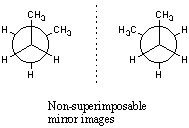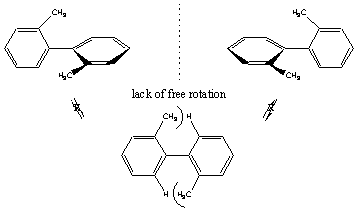Please wait while we process your payment
If you don't see it, please check your spam folder. Sometimes it can end up there.
If you don't see it, please check your spam folder. Sometimes it can end up there.
Please wait while we process your payment

By signing up you agree to our terms and privacy policy.
Don’t have an account? Subscribe now
Create Your Account
Sign up for your FREE 7-day trial
By signing up you agree to our terms and privacy policy.
Already have an account? Log in
Your Email
Choose Your Plan
Individual
Group Discount
Save over 50% with a SparkNotes PLUS Annual Plan!
 payment page
payment page
Purchasing SparkNotes PLUS for a group?
Get Annual Plans at a discount when you buy 2 or more!
Price
$24.99 $18.74 /subscription + tax
Subtotal $37.48 + tax
Save 25% on 2-49 accounts
Save 30% on 50-99 accounts
Want 100 or more? Contact us for a customized plan.
 payment page
payment page
Your Plan
Payment Details
Payment Summary
SparkNotes Plus
You'll be billed after your free trial ends.
7-Day Free Trial
Not Applicable
Renews July 10, 2025 July 3, 2025
Discounts (applied to next billing)
DUE NOW
US $0.00
SNPLUSROCKS20 | 20% Discount
This is not a valid promo code.
Discount Code (one code per order)
SparkNotes PLUS Annual Plan - Group Discount
Qty: 00
SparkNotes Plus subscription is $4.99/month or $24.99/year as selected above. The free trial period is the first 7 days of your subscription. TO CANCEL YOUR SUBSCRIPTION AND AVOID BEING CHARGED, YOU MUST CANCEL BEFORE THE END OF THE FREE TRIAL PERIOD. You may cancel your subscription on your Subscription and Billing page or contact Customer Support at custserv@bn.com. Your subscription will continue automatically once the free trial period is over. Free trial is available to new customers only.
Choose Your Plan
This site is protected by reCAPTCHA and the Google Privacy Policy and Terms of Service apply.
For the next 7 days, you'll have access to awesome PLUS stuff like AP English test prep, No Fear Shakespeare translations and audio, a note-taking tool, personalized dashboard, & much more!
You’ve successfully purchased a group discount. Your group members can use the joining link below to redeem their group membership. You'll also receive an email with the link.
Members will be prompted to log in or create an account to redeem their group membership.
Thanks for creating a SparkNotes account! Continue to start your free trial.
We're sorry, we could not create your account. SparkNotes PLUS is not available in your country. See what countries we’re in.
There was an error creating your account. Please check your payment details and try again.
Please wait while we process your payment

Your PLUS subscription has expired
Please wait while we process your payment
Please wait while we process your payment

Other Forms of Stereoisomerism
Consider two possible gauche
conformations of
butane, which are mirror images of each other. If you construct models of
butane and put them in these conformations, you will see that these
conformations are not superimposable. What we have are distinct right- and
left-handed versions of gauche-butane. One could say that these
conformations of butane are conformational enantiomers.

Since butane exhibits this type of enantiomerism, does this mean that butane is chiral? It does not. Individual conformations of butane may be chiral, but the conformations of butane interconvert so rapidly that neither chiral conformation can be isolated. On average, butane is still achiral. The general rule concerning conformational enantiomers is as follows:
any molecule analyzed for chirality must be conformationally stable.A molecule is not considered chiral if it is in rapid equilibrium with its mirror image.
The example of conformational enantiomers of gauche butane suggests that
conformational enantiomers could be isolated if interconversion between
the two gauche forms is prevented. There are some systems where this
does occur. For example, the conformations of many biphenyl systems are
restricted with regards to rotation about the central σ bond. The two
conformational enantiomers of the biphenyl molecule can be isolated
individually.

Cumulated dienes (allenes) also exhibit chirality without having
asymmetric carbon atoms. A cumulated diene is a molecule that contains two
double bonds on a single carbon. The central carbon atoms of allene are
sp-hybridized. The two ends of allene are perpendicular because the two
contiguous Π bonds use perpendicular p orbitals on the central
carbon:

The twisted shape of allene makes substituted allenes chiral. Consider the
following allene with methyl substituents. The mirror images are not
superimposable:

Please wait while we process your payment

